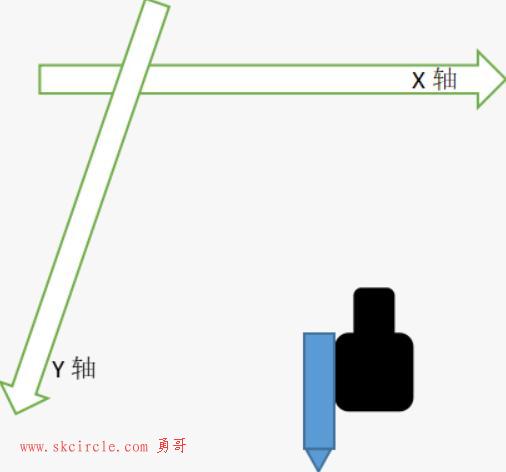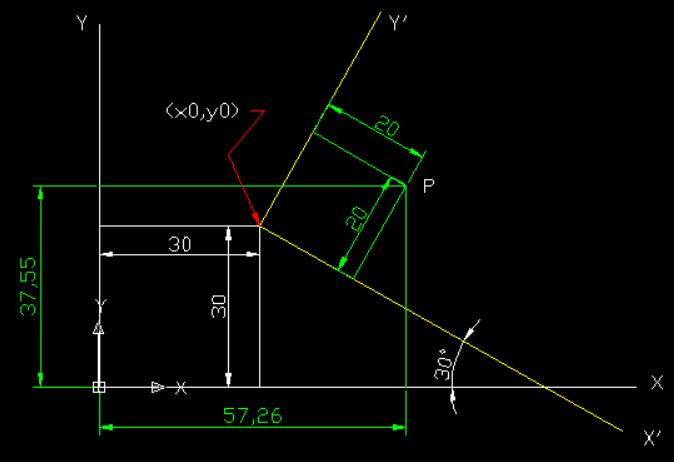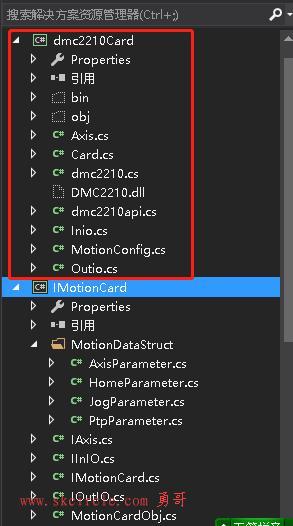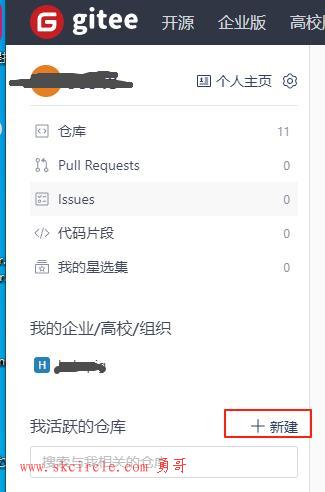由于勇哥工作使用的是VS2015 C#,所以查了一下它的新特性。
一、简介
VS2015内置的C#版本为6.0,该版本提供了一些新的语法糖,这里仅列出个人感觉比较有用的几个新功能。
二、几个很有用的新特性
注意:这些新特性只能用于VS2015及更高版本,无法在VS2013、VS2010等低版本中使用。当然,如果你不喜欢这些新的特性,仍然可以继续使用原来的用法(所以说它是新的语法糖)。
1、自动属性初始化的改进(有用)
原来的用法(声明时无法同时初始化),例如:
class MyClass
{
public int Age { get; set; }
public string Name { get; set; }
public MyClass()
{
Age = 20;
Name = "张三";
}
}新用法(声明时可同时初始化,更方便了),例如:
class MyClass
{
public int Age { get; set; } = 20;
public string Name { get; set; } = "张三";
}2、String.Format的改进(有用)
原来的用法:用string.Format(…)实现,例如:
class MyClass
{
public void MyMethod()
{
string name = "张三";
int age = 20;
string s1 = string.Format("{0},{1}", name, age);
string s2 = string.Format("姓名={0},年龄={1}", name, age);
string s3 = string.Format("{0,15},{1:d3}", name, age);
string s4 = string.Format("{0,15},{1,10:d3}", name, age);
Console.WriteLine("{0},{1},{2},{3}", s1, s2, s3 ,s4);
string s5 = string.Format("{0:yyyy-MM-dd}", DateTime.Now);
}
}新用法:用“$”前缀实现(变量直接写到大括号内,而且带智能提示,更方便了),例如:
class MyClass
{
public void MyMethod()
{
string name = "张三";
int age = 20;
string s1 = $"{name},{age}";
string s2 = $"姓名={name},年龄={age}";
string s3 = $"{name,15},{age:d3}";
string s4 = $"{name,15},{age,10:d3}";
Console.WriteLine($"{s1},{s2},{s3},{s4}");
string s5 = $"{DateTime.Now:yyyy-MM-dd}";
}
}3、字典的初始化
原来的用法:
class MyClass
{
public void MyMethod()
{
Dictionary<string, int> student = new Dictionary<string, int>();
student.Add("a1", 15);
student.Add("a2", 14);
student.Add("a3", 16);
}
}新用法(可以直接写初始化的值,更方便了):
class MyClass
{
public void MyMethod()
{
Dictionary<string, int> student = new Dictionary<string, int>()
{
["a1"] = 15,
["a2"] = 14,
["a3"] = 16
};
}
}4、可以用static声明静态类的引用
原来的用法:
using System;
namespace MyApp
{
class Demo1New
{
public static double MyMethod(double x, double angle)
{
return Math.Sin(x) + Math.Cos(angle);
}
}
}新用法(表达式比较复杂的时候有用,代码更简洁了):
using static System.Math;
namespace MyApp
{
class Demo1New
{
public static double MyMethod(double x, double angle)
{
return Sin(x) + Cos(angle);
}
}
}5、nameof表达式
假定WPF应用程序中有下面的类:
public class MyClass
{
public string MyText { get; set; } = "aaa";
}
并假定有下面的XAML代码:
<StackPanel>
<TextBlock Name="txt1"/>
……
</StackPanel>
代码隐藏类中原来的用法:
txt1.SetBinding(TextBlock.TextProperty, "MyText");
现在的用法(因为有错误检查智能提示,用起来更方便了):
txt1.SetBinding(TextBlock.TextProperty, nameof(MyClass.MyText));
6、Null-条件表达式
(有用)
var ss = new string[] { "Foo", null };
var length0 = ss [0]?.Length; // 结果为3
var length1 = ss [1]?.Length; // 结果为null
var lengths = ss.Select (s => s?.Length ?? 0); //结果为[3, 0]7、在try-catch-finally中使用await
异步编程中,原来在catch或者finally中无法使用await,现在可以了:
async void SomeMethod()
{
try
{
//...etc...
}
catch (Exception x)
{
var diagnosticData = await GenerateDiagnosticsAsync (x);
Logger.log (diagnosticData);
}
finally
{
await someObject.FinalizeAsync();
}
}基本上没什么新东西,在部分都已经早就用上了。
相对vs2017,感觉还是vs2017会更好用一些。比如那个快捷键转到接口实现类的定义,还有Tuple的类似于(string a, int b)的新用法,更有效率。


 少有人走的路
少有人走的路


















